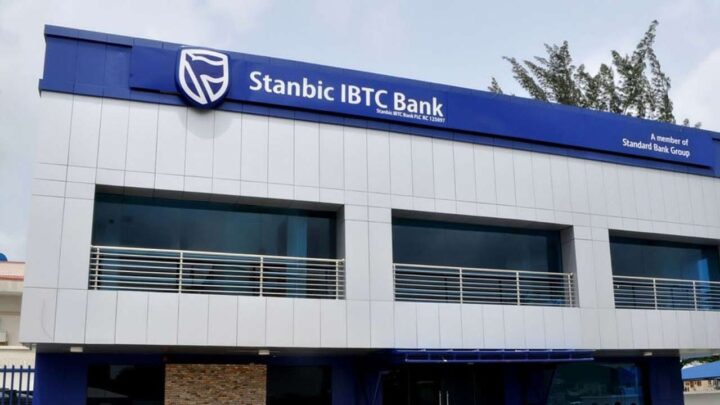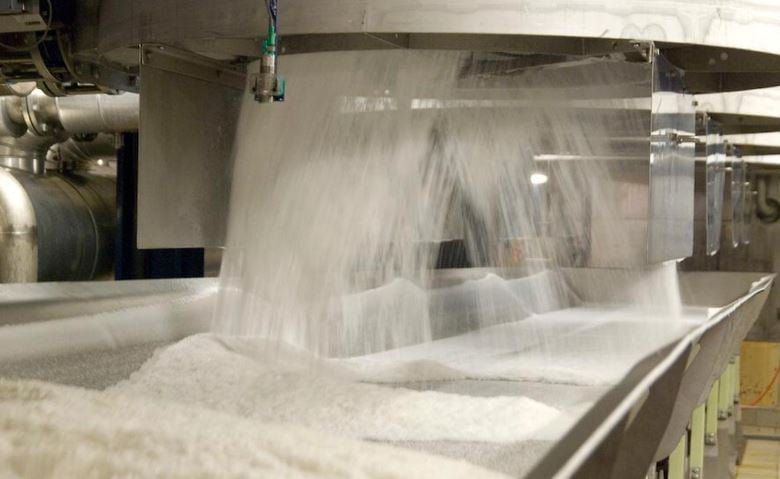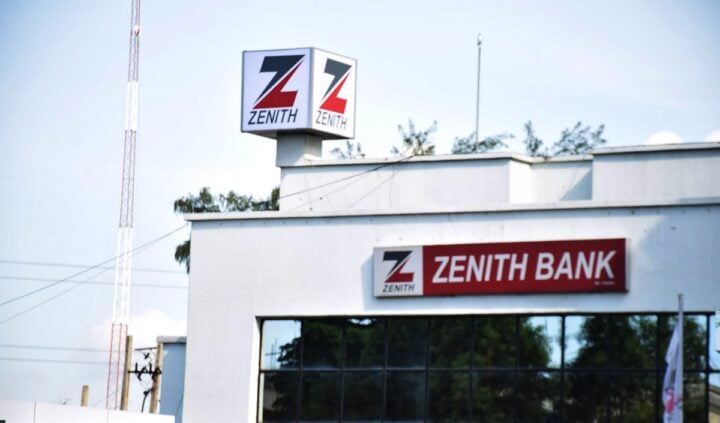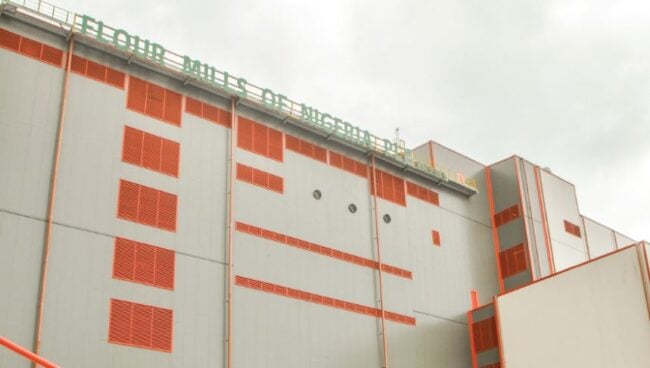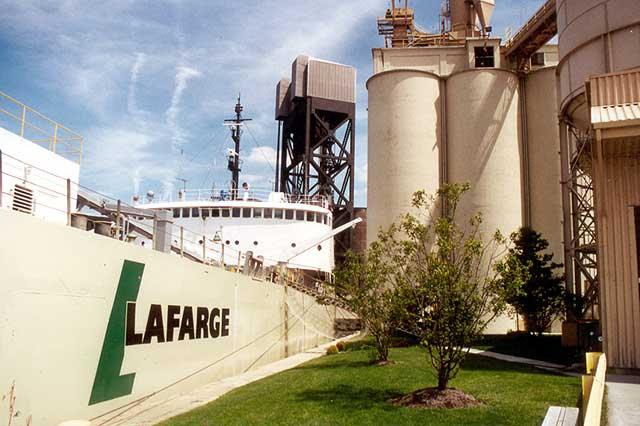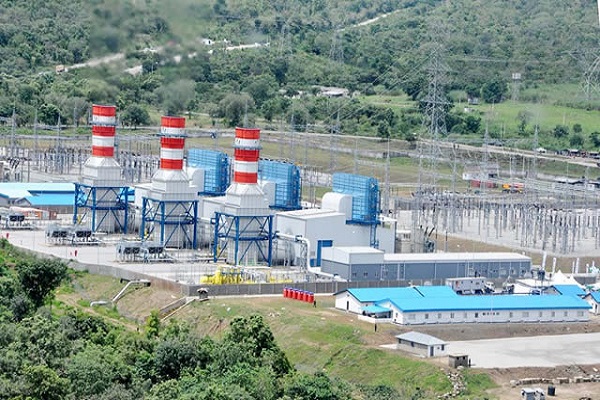Stanbic IBTC Holdings elevated the bottom line with a clear 121 percent to close at N67.9 billion at half-year on strong earnings advance powered by 174 percent jump in fixed income and currency trading revenue that hit N44.7 billion.
The bank’s half-year audited financial report for the period ended June 2023, shows that trading revenue has already exceeded the 2022 full-year figure of N34.7 billion and swelled from 27 percent of non-interest earnings at the end of last year to 45 percent.
Stanbic IBTC Holdings is one of Nigeria’s three major banking channels for capital importation, accounting for 15 percent of the total inflow of $5.3 billion in 2022.
Trading revenue provided the spur for non-interest income, which grew by 56.6 percent at half year to N98.6 billion — accounting for 46.2 percent of gross earnings of N213.3 billion for the period.
Advertisement
With that, the bank continues to gain speed on revenue growth this year with gross earnings accelerating from 39 percent to N287.5 billion at the end of 2022 to 45.4 percent year-on-year to N95 billion in the first quarter (Q1) and further to 59.4 percent at half-year.
Added to the accelerating growth in revenue is a sustaining gain in net profit margin from 28.1 percent at the end of last year, to 30.4 percent at the end of Q1 and further to 31.8 percent at half-year.
The favourable combination of growing revenue and improving profit margin is the high point of the bank’s impressive earnings story so far this year. It is the critical factor that is keeping the bank on the recovery and growth track for the second year after a 31.5 percent drop in after-tax profit to under N57 billion in 2021 and less than full recovery to N80.8 billion in 2022.
Advertisement
With the gain in speed in profit advancement in the second quarter (Q2), Stanbic IBTC Holdings’ earnings outlook has improved with after-tax profit projected to be in the region of N130 billion at full-year.
The bank’s main revenue line — interest income — accelerated from 52.8 percent growth in Q1 to 61.6 percent at half-year to close at N110.3 billion.
However, the moderated interest expenses achieved in Q1 failed to be maintained in Q2. At N37.6 billion at half-year, the cost of funds rose by 110 percent year-on-year, speeding up from 46.8 percent increase in Q1 and beating the 61.6 percent rise in interest income.
The resulting incursion of interest expenses showed up in net interest earnings, which slowed down from 55.3 percent advance in Q1 to 44.3 percent at half-year, amounting to N72.7 billion.
Advertisement
With accelerated growth in non-interest income, however, net income — before impairment loss on financial assets — grew at a stronger pace of 51.2 percent to N171.3 billion.
A favourable development is a change of direction in credit loss expenses from revenue consuming seen in Q1 to cost saving at half-year.
At less than N6 billion, net loan impairment expenses went up by 9.4 percent at half-year, a strong slowdown from close to four times jump in Q1.
Net income after net loan impairment charges grew by 53.3 percent to N165.3 billion, reflecting the cost saving from the slowdown in credit losses in Q2.
Advertisement
The cost saving from loan loss expenses was further boosted by cost savings made from operating expenses, which moderated relative to gross earnings.
At N82.3 billion at half-year, total operating cost grew by 21.3 percent year-on-year compared to the 59.4 percent leap in gross income.
Advertisement
The operating cost margin, therefore, went down from 50.7 percent in the same period last year to 38.6 percent at the end of half-year in June 2023.
The two cost-saving lines absorbed the incursion from interest expenses and enabled the improvement in profit margin during the review period.
Advertisement
The cost savings made the difference between the 51.2 percent growth in net income before loan loss charges and a leap of 107.6 percent in pre-tax profit to roughly N83 billion at the end of half-year operations.
The outlook for the second half signals good hopes of sustaining the strong growth in earnings alongside the rapid growth in the cost of funds. The deciding factor would be the uncertain direction that credit loss expenses might take — either stay on the cost-saving angle to keep profit cruising or revert to the revenue-consuming side to break the speed.
Advertisement
Add a comment

